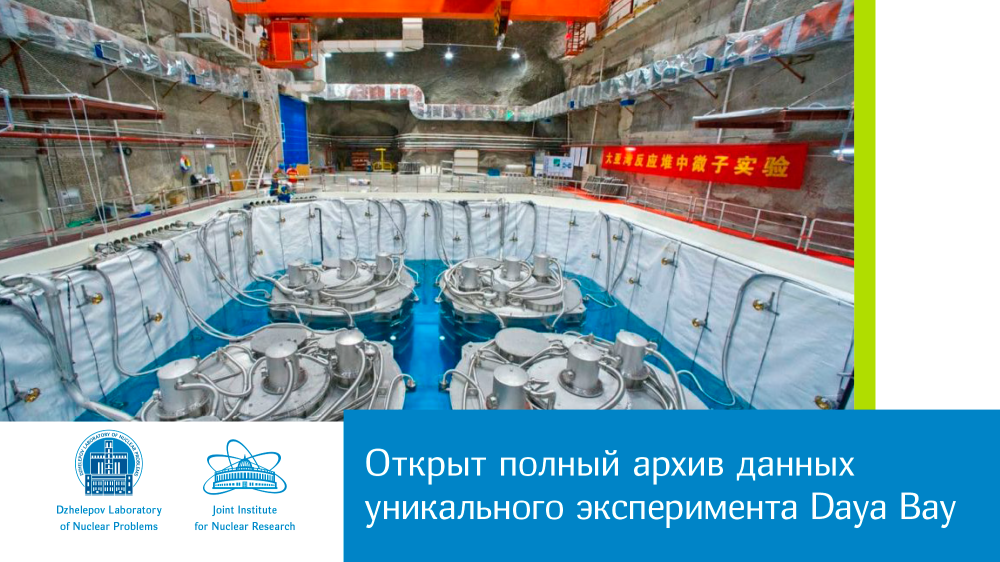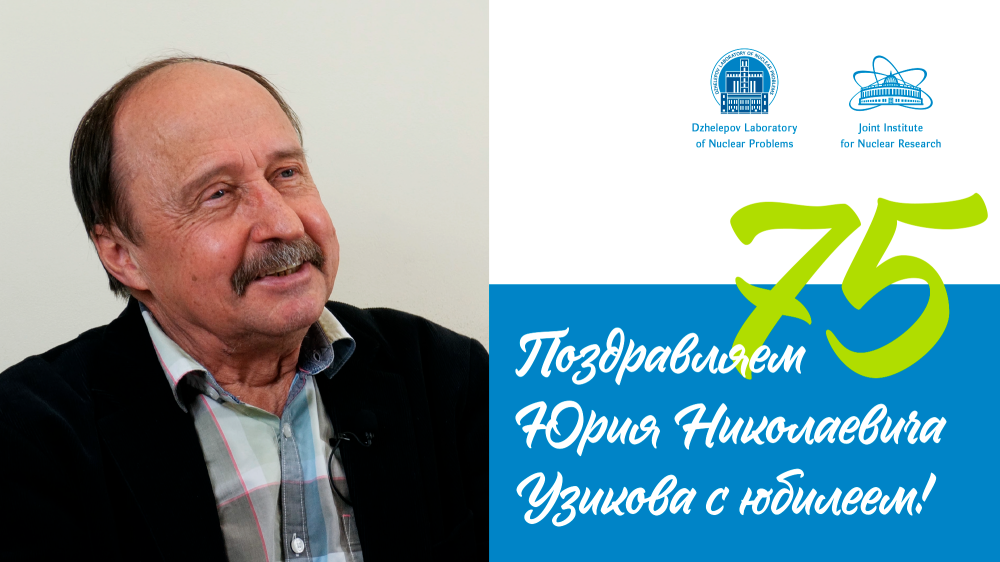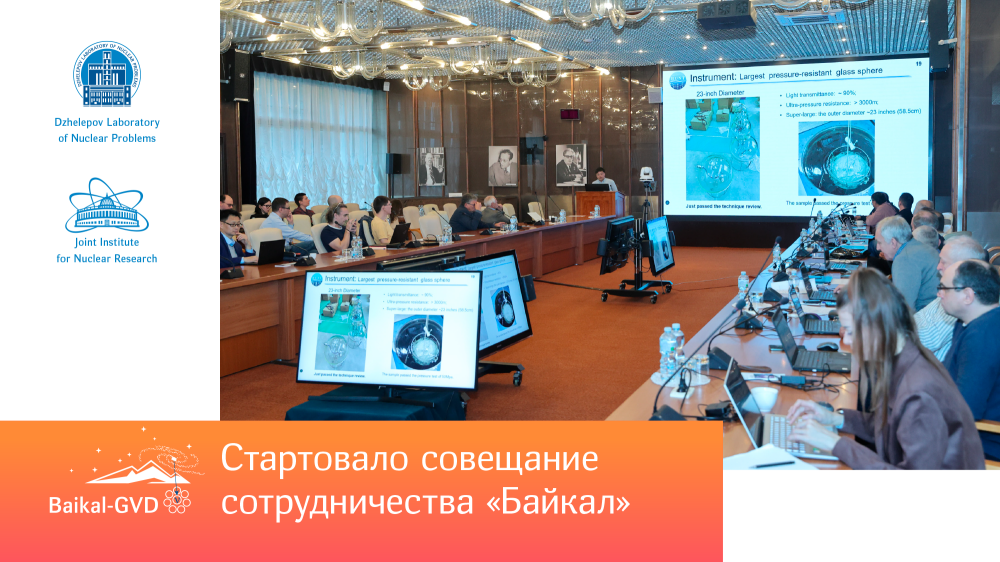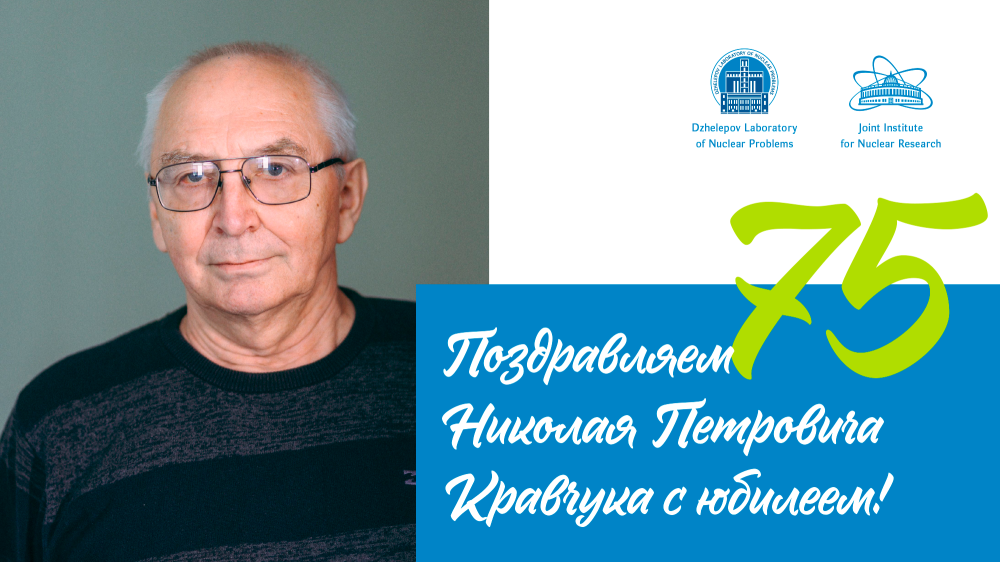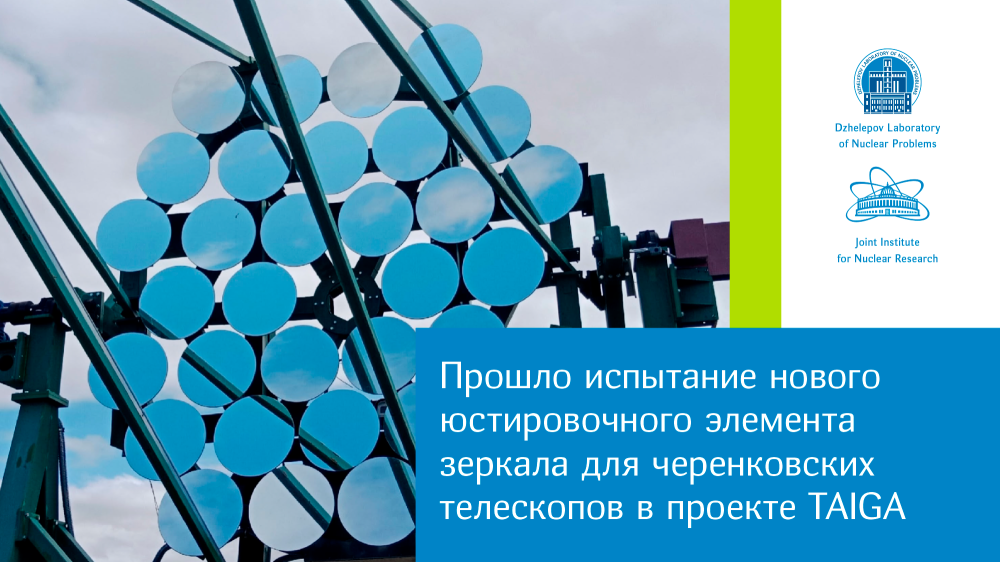Results of the 2015 DLNP Scientific Work Competition
This year, the annual DLNP Competition of Scientific Work was hold in compliance with new rules. All STC members took part in the voting by secret ballot.
According to the results of the ballot, the First DLNP Prize was awarded to the series of works
“Search for new physics and measurement of SM resonances at ATLAS”
Authors: V.A. Bednyakov, L.K. Gladilin, I.V. Eletskikh, V.V. Lyubushkin, M.V. Chizhov, and E.V. Khramov
The Second DLNP Prize ВторойпремииЛЯП went to two series of works
“Search for neutrinoless double beta decay in the GERDA experiment”
Authors: V.B. Brudanin, K.N. Gusev, A.A. Klimenko, O.I. Kochetov, A.V. Lubashevsky, M.V. Shirchenko, N.S. Rumyantseva, A.A. Smol’nikov, D.R. Zinatulina, and E.A. Shevchik
“Observation of neutrino oscillations νμ→ντ in the OPERA experiment”
Authors: I.A. Bondarchuk, Yu.A. Gornushkin, S.G. Dmitrievsky, S.G. Zemskova, A.G. Ol’shevsky, A.P. Sotnikov, A.V. Chukanov, and A.S. Sheshukov.
CONGRATULATIONS TO THE WINNERS!



